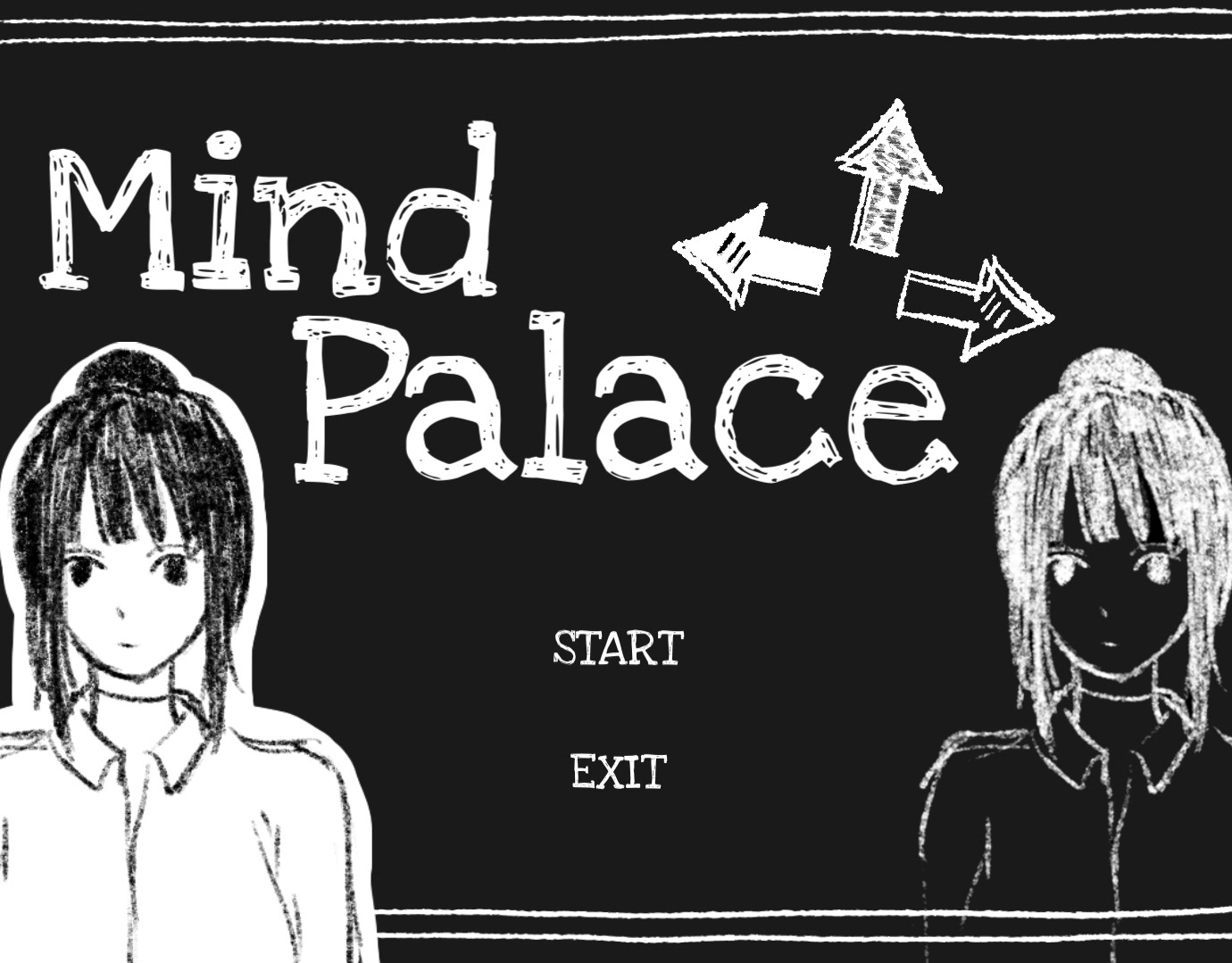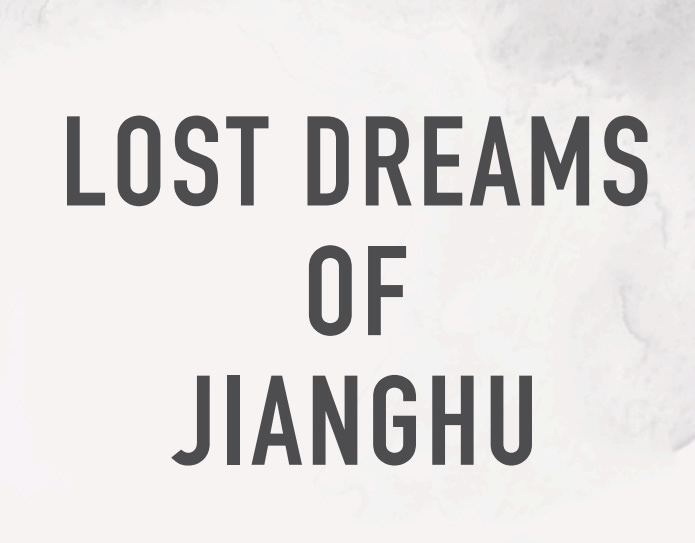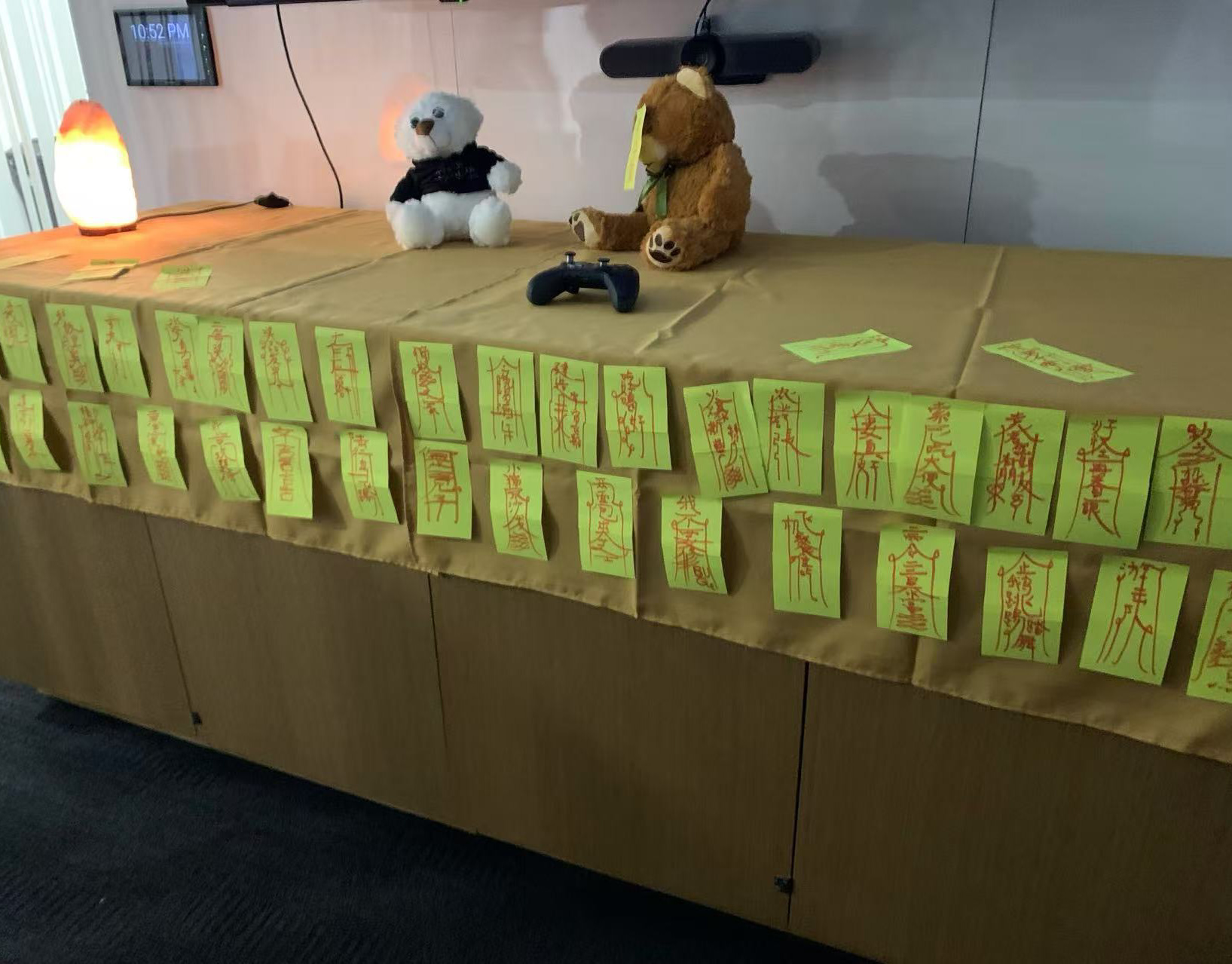Inspired by Chinese Taoist Exorcism, Epitaph 1997 is a blend of Eastern Horror and thrilling combat.
The protagonist is a police detective as well as a Taoist priest. Utilize both crime knowledge and Taoist craft to solve the mystery and exorcise the ghost.
This is a single-player game on PC which players control the protagonist to experience all kinds of stories. The playable demo is a tutorial along with a short story.
Epitaph 1997 Trailer
Inspiration
My teammates and I were thinking about popularizing some Eastern Fantasy in Game Center. Meanwhile, we were watching movies made by Ching-Ying Lam, a Hongkong actor. Most of his movies are about Taoism and someone dealing with supernatural events like zombies and such. Thus, inspired by Magic Cop, a movie about a police officer who can use Taoist magics dealing with zombies, we made our game Epitaph 1997. The game is about a Taoist police detective dealing with all kinds of supernatural crimes.
A moodboard for character design
Notable Contributions
· Co-designed core gameplay mechanics with a teammate, refining it multiple times to enhance accessibility for players.
· Designed and implemented a checkpoint system, allowing players to update respawn points, replenish consumables, and manage items.
· Created and integrated a Police Sense System that highlights interactive items and enemies, assisting players in quickly locating useful information for progression or puzzle-solving.
· Developed code for the player-controlled character, including the above systems, character attributes, movement, and more.
· Designed and implemented the tutorial flow to guide new players through gameplay basics.
· Collaborated with an artist to design and create the main menu.
Epitaph 1997 playthrough
Stories Behind
Game Mechanics
In Taoist exorcism, various tools are combined for combat. When the Taoist runs out of tools, they can pick up objects on the spot or use items dropped by ghosts. We wanted to bring a similar experience to players.
Initially, our game mechanics allowed players to combine different materials to create new materials and effects. For example, players could combine matches that deal damage over time with Argyi that heals players to create “Argyi Ash,” which heals the player over time and slows enemies in a range.
However, during our first playtest, we found that this design increased the cognitive load of players, making it difficult for players to use materials effectively in combat. Therefore, I decided to simplify the mechanics while retaining the feeling we wanted to create.
Old version of materials combinations
To simplify the system, I changed the combination of materials into stacking effects. For example, combining nails that cause armor-piercing effects with tears that let players shoot three talismans instead of one results in three talismans, each with an armor-piercing effect.
We also assigned each material two values: attack and amplifier. The attack value is used to break enemy armor and stun them, giving players time to rest or attack. The amplifier value helps replenish materials, adding to the feeling of Taoists using on-site items.
To make things simpler, we limited combinations to a maximum of two materials. The final damage is calculated as shown in the image.
In addition to armor-piercing and replenishing effects, we added a third type: "unique effects." For example, the tear in the image multiplies the number of talismans shot. Damage calculation formula.
We also introduced “ghost materials,” which are powerful but rare items dropped by enemies and cannot be recovered. This design effectively captures the experience of a Taoist using materials dropped by enemies to fight back.
New version of materials effects chart
New version of materials combinations in numerical formula
Character Controls
In the game, players can equip up to 3 materials, placed in top, left, and right grids as shown in the image. The bottom grid is reserved for “ghost materials”.
Originally, I planned to use the cross-pad for material selection, but this would prevent players from moving while selecting materials. Instead, I used the A, B, X, and Y buttons for selection, freeing the left thumb for movement.
However, this meant players could not aim with the right stick while selecting materials. To fix this, I added a lock-on feature to the Left Trigger. Players can hold it to lock onto the nearest enemy, and players can use the right stick to switch targets.
The lock-on system also helps with the challenges of our isometric perspective, which can make it hard for players to tell the angels between the character and enemies, often leading to missed or off-target attacks.
Controller Map
Materials Wheel
police sense
Our game also features many interactive elements such as puzzles, interactive objects, and jump scares. Instead of having players search for objectives in a chaotic environment, it’s better to give them an ability to quickly locate what they want.
Therefore, I designed and implemented Police Sense, which, when activated, turns the scene into grayscale while highlighting interactive objects in yellow, enemies in red, and revealing things invisible to the naked eye.
Based on these three functions, I implemented a jump scare scene in the game that uses darkness to entice players to use Police Sense to find something, as well as a puzzle-solving scene that requires Police Sense to reveal hints.
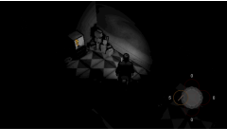
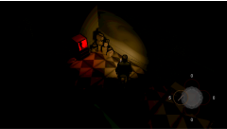
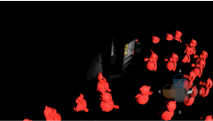
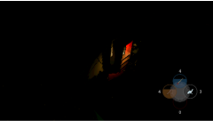
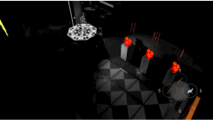
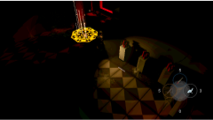
Safe House System
Safe house in our game is a golden Bagua array which is a sacred symbol in Taoism. It is meant to comfort players when they see the Bagua array and understand that they are in a safe house. Safe house system is responsible for several different functions.
The first function is to use it as a storage. Since players can only equip 3 materials, it can store the rest materials in it. Players can freely change their materials in the safe house after interacting with it and plan their builds for upcoming battles.
The second function is to refill players materials and health. Initially, players have to interact with the safe house in order to refill. However, in most cases, it is inconvenient for players to interact with the safe house only for refilling. Thus, instead of interacting with it, as long as players step on the Bagua array, they automatically refill their materials and health.
The third function is to use it as a checkpoint. The checkpoint is assigned to the most recent Bagua array players step on.
Players refilling while stepping on the Bagua array
Storage function
Tutorial
There are 3 tutorials in the game. At first, players only have 1 material equipped on default so that they won’t get confused.
The first tutorial is to teach players how to select materials, lock enemies, and shoot.
The second tutorial is to let players fight against a single enemy by using the only material they equipped and the skills they have learnt in the first tutorial.
The third tutorial is a little complicated. At this point, players have passed the first safe house, where they are required to equip all 3 materials. In this tutorial, players will learn the differences among these materials, and the outcoming effects after combining them. This part uses forced guidance which require players to follow the instructions exactly to pass the tutorial.
Level flow chart with tutorial positions

